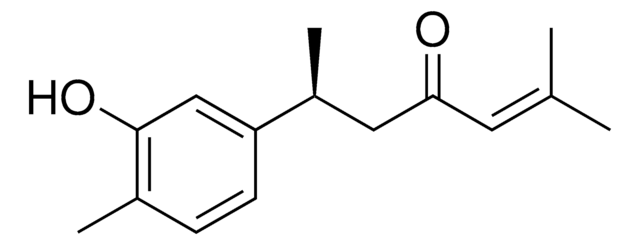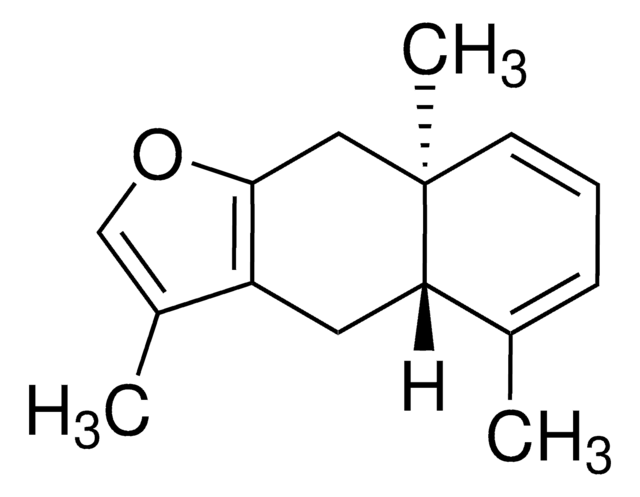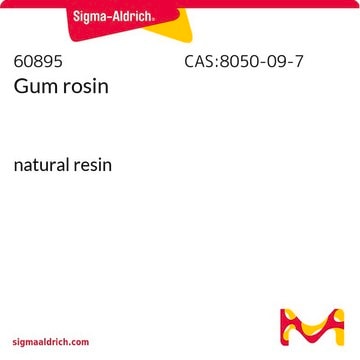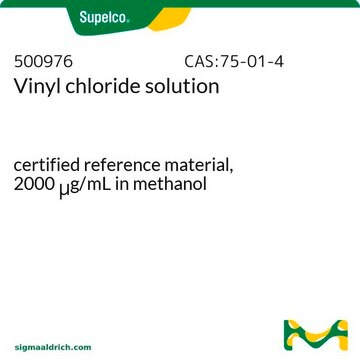All Photos(1)
About This Item
Empirical Formula (Hill Notation):
C22H28O6
CAS Number:
Molecular Weight:
388.45
UNSPSC Code:
12352205
NACRES:
NA.25
Recommended Products
biological source
plant
Assay
≥90% (LC/MS-ELSD)
form
solid
mol wt
388.45
solubility
water: slightly soluble
application(s)
metabolomics
vitamins, nutraceuticals, and natural products
storage temp.
−20°C
Related Categories
General description
Isocalolongic acid is a natural plant metabolite belonging to the class of pyranochromanone acids. It is commonly found in plants of Calophyllum species and is known for its potent antifungal and antimicrobial activity.
Application
It is a natural product derived from plant source that finds application in compound screening libraries, metabolomics, phytochemical and biochemical research.
Features and Benefits
- High quality compound suitable for multiple research applications
- Compatible with HPLC and mass spectrometry techniques
Other Notes
For additional information on our range of Biochemicals, please complete this form.
Storage Class Code
11 - Combustible Solids
WGK
WGK 3
Flash Point(F)
Not applicable
Flash Point(C)
Not applicable
Certificates of Analysis (COA)
Search for Certificates of Analysis (COA) by entering the products Lot/Batch Number. Lot and Batch Numbers can be found on a product’s label following the words ‘Lot’ or ‘Batch’.
Already Own This Product?
Find documentation for the products that you have recently purchased in the Document Library.
A-E Hay et al.
Planta medica, 69(12), 1130-1135 (2004-01-30)
Two new xanthones, caledonixanthone M 1 and caloxanthone L 2, and one new acid, caledonic acid 6 were isolated from the hexane-soluble extract of the stem bark of Calophyllum caledonicum. In the course of this phytochemical study, seven other known
Osmany Cuesta-Rubio et al.
Phytotherapy research : PTR, 29(12), 1991-1994 (2015-10-31)
The Calophyllum genus is well-known for its antimicrobial and cytotoxic activities, and therefore, we analyzed these biological activities for resins of Calophyllum antillanum and Calophyllum inophyllum growing in Cuba. C. antillanum resins showed a potent activity against Plasmodium falciparum (IC50 = 0.3 ± 0.1 µg/mL)
Our team of scientists has experience in all areas of research including Life Science, Material Science, Chemical Synthesis, Chromatography, Analytical and many others.
Contact Technical Service








